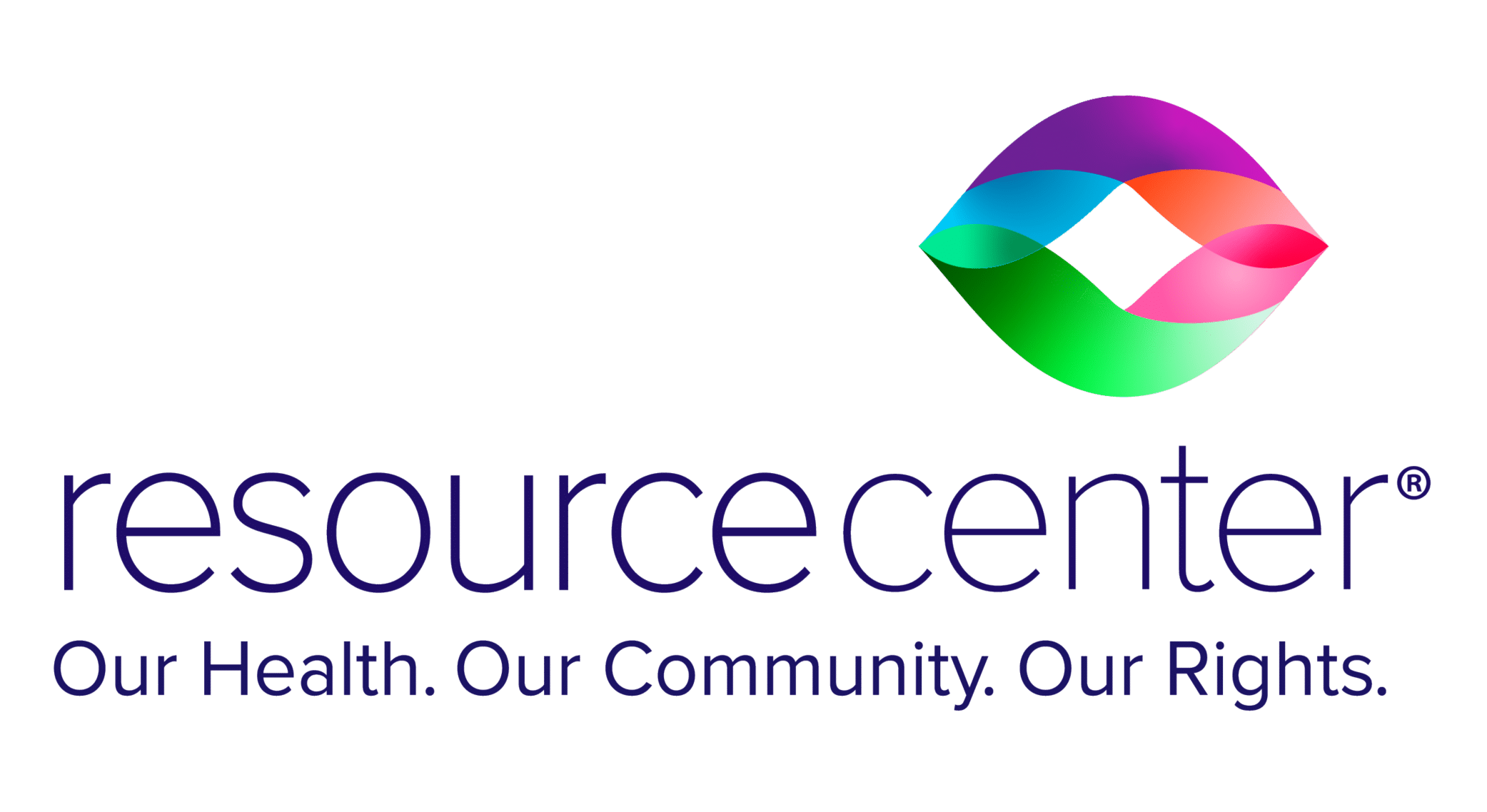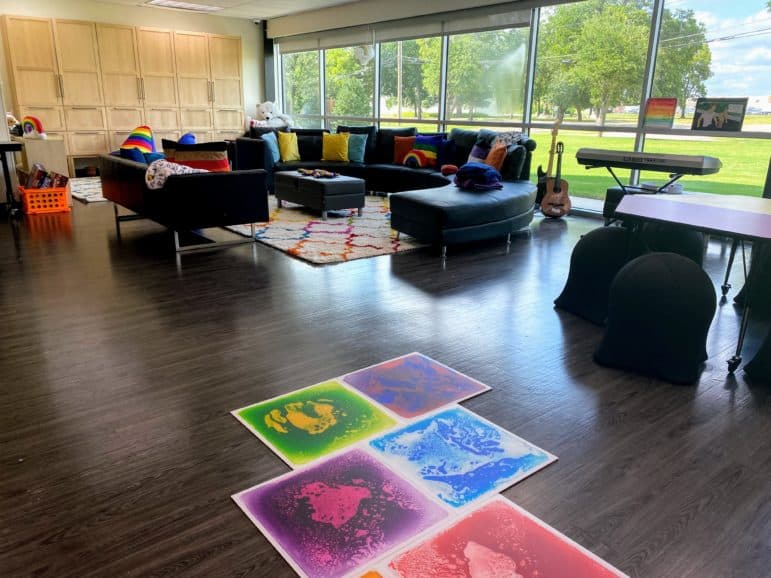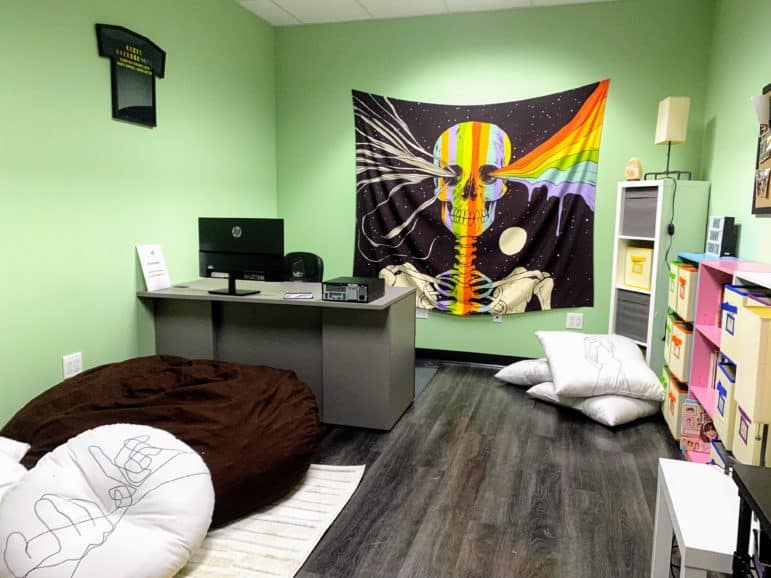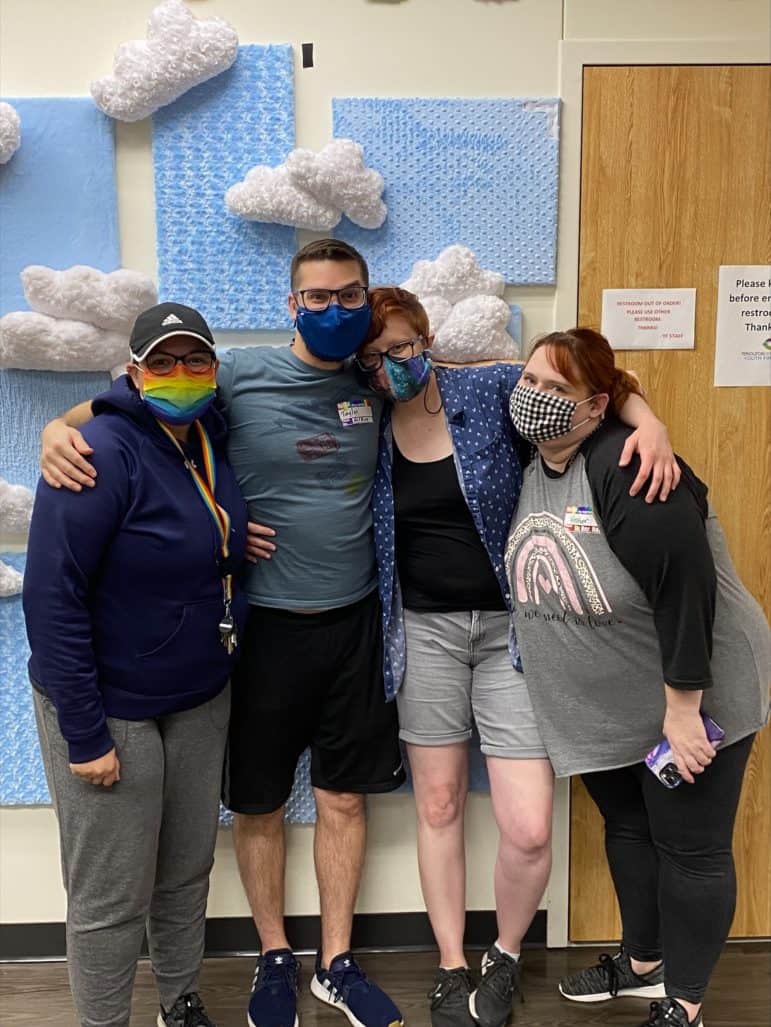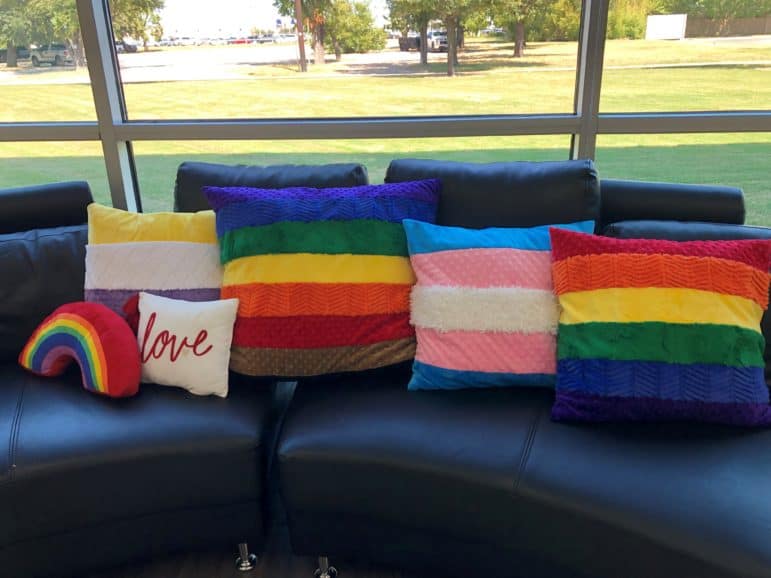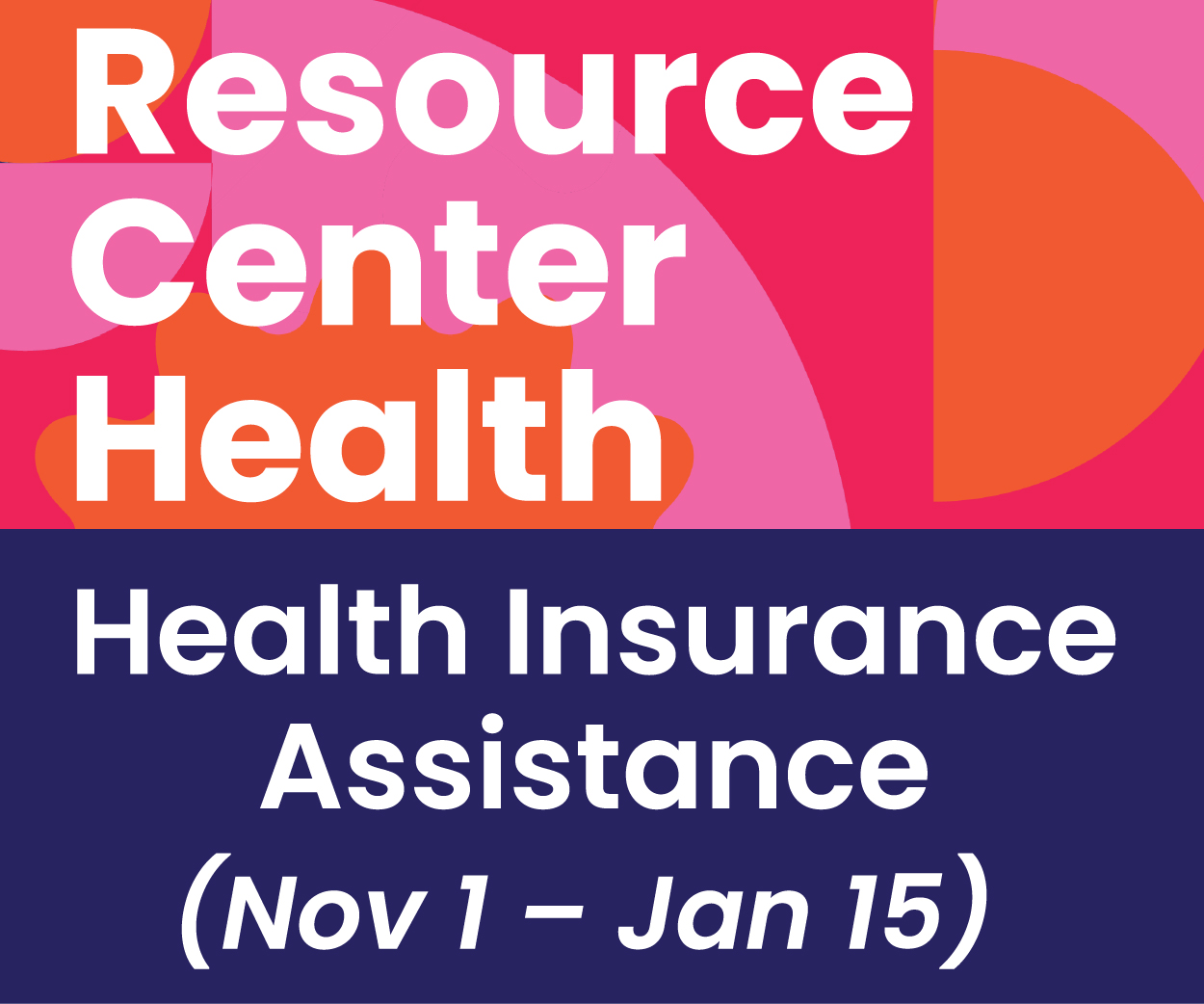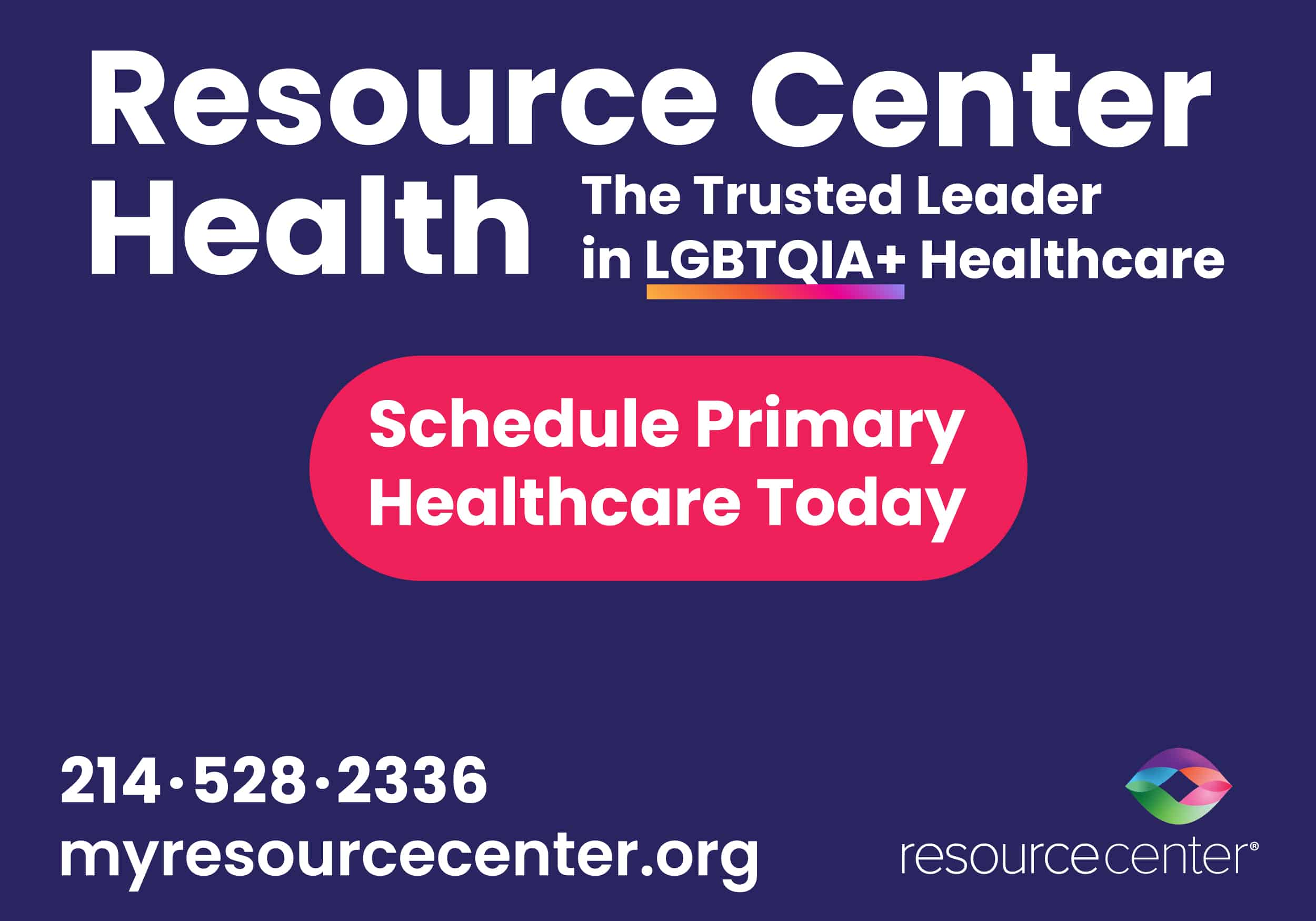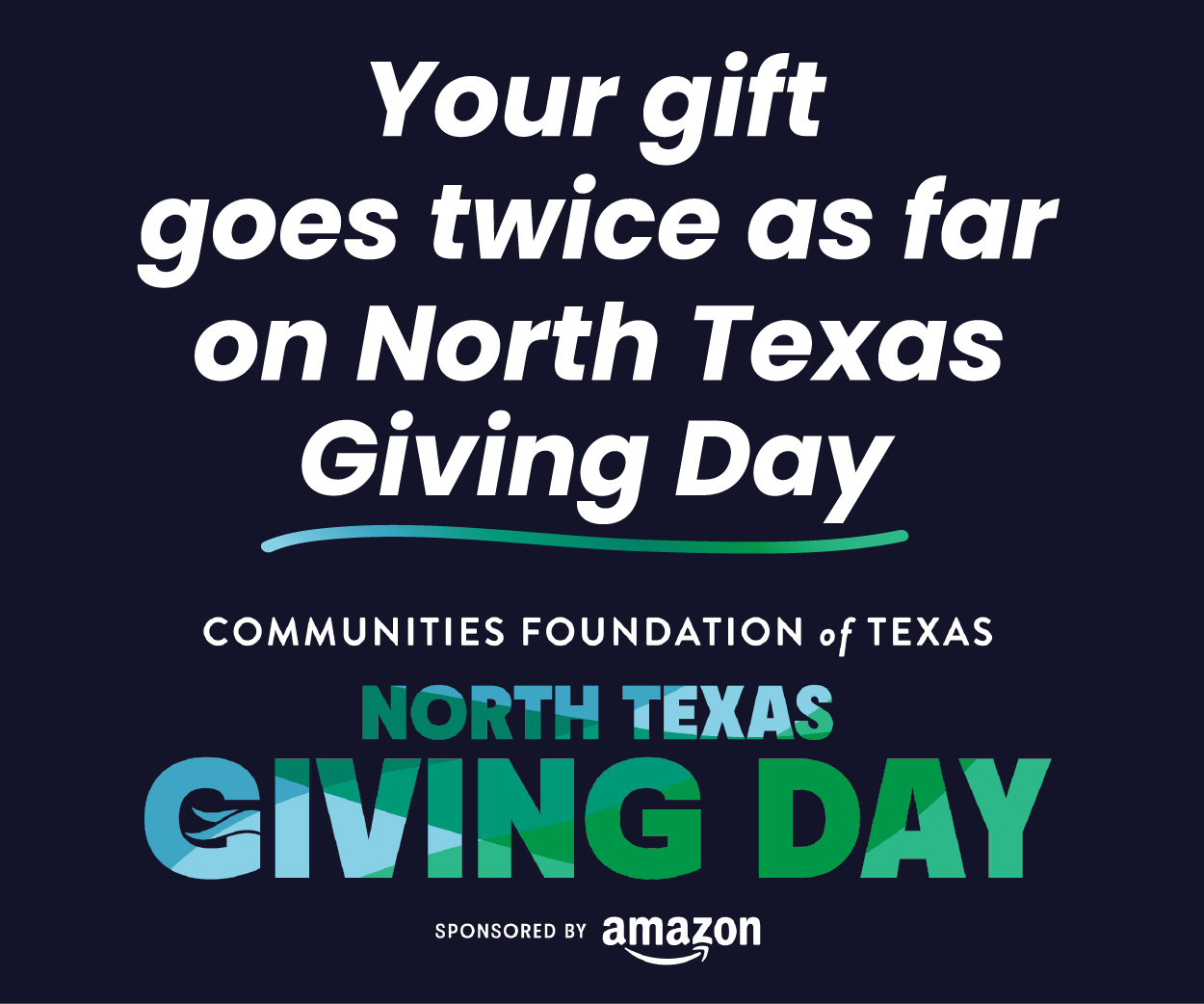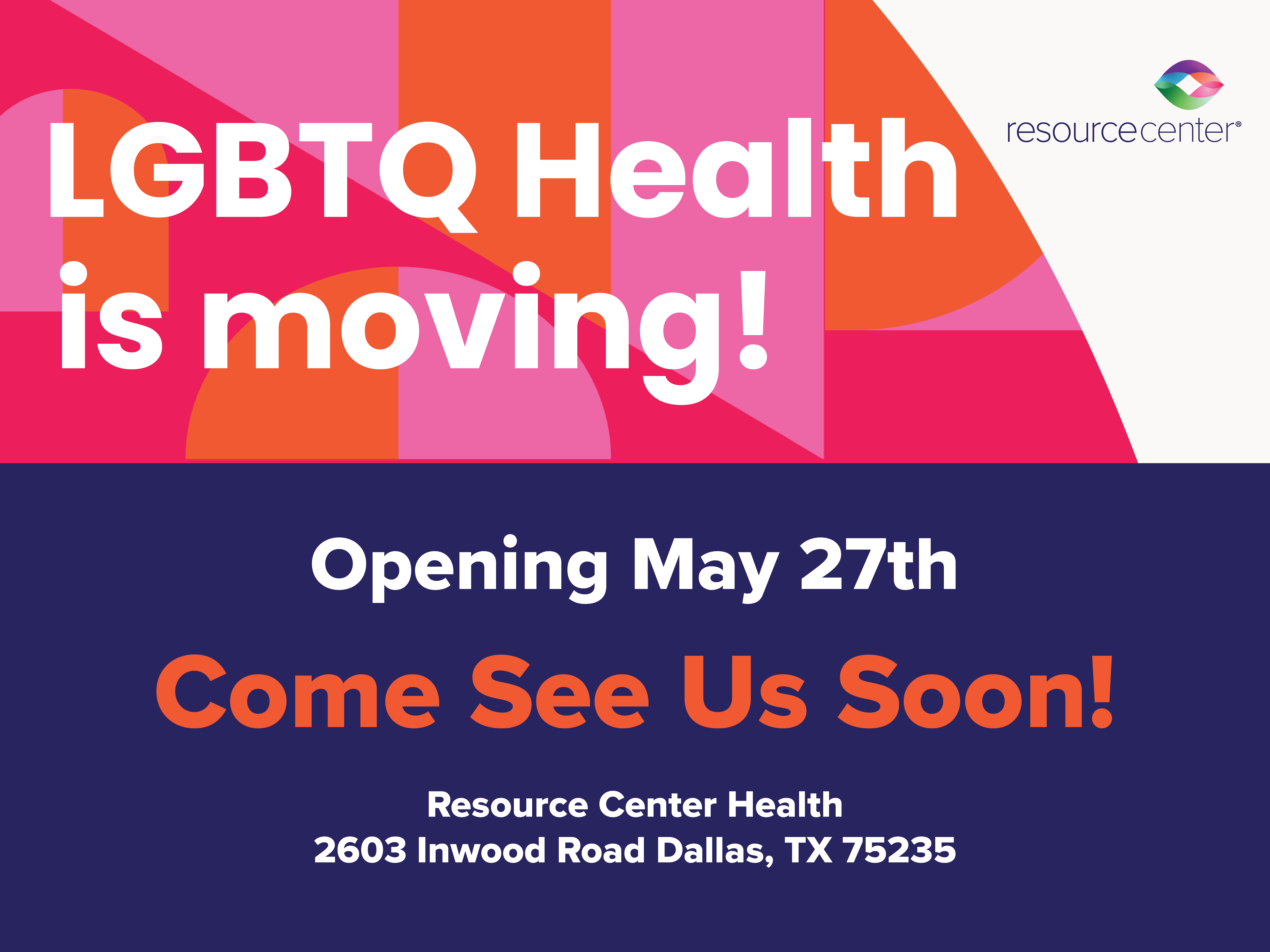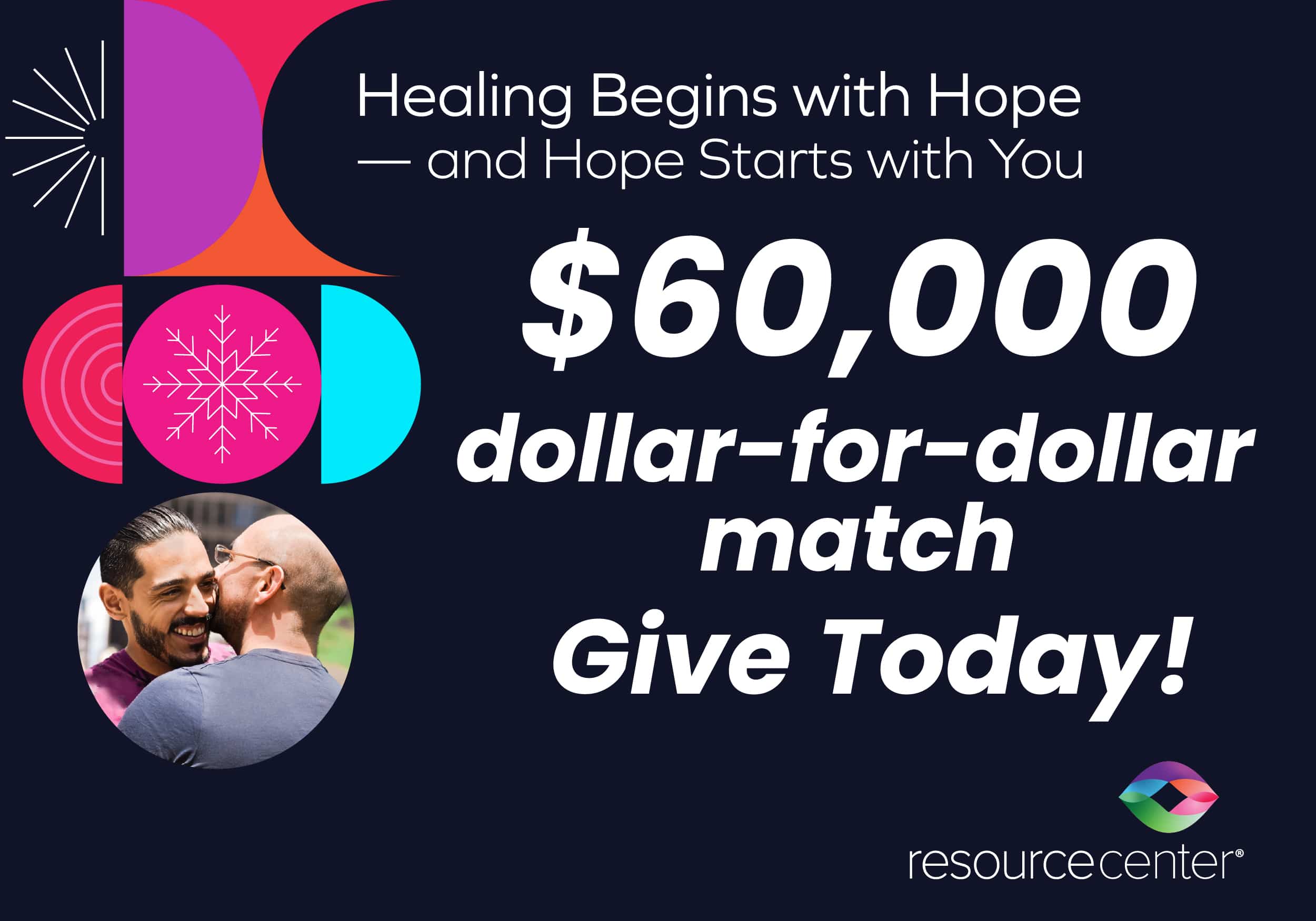Youth First, a program of Resource Center which serves LGBTQIA+ youths aged 12-18, is proud to announce that sensory items are now available for the Center’s neurodivergent members, thanks to a partnership with Stacy’s Sensory Solutions and OneHeartBeating. The space has been equipped to meet the sensory and emotional regulation needs of the diverse queer youth community.
“All youth benefit from a sensory-rich environment. However, for neurodivergent youth, it is a game-changer. Having tools available to meet a wide range of sensory needs makes the difference between an environment where youth feel safe, relaxed and confident or a place where they feel ill at ease and out of place,” says Stacy Wright, President of Stacy’s Sensory Solutions in north Dallas.
What does neurodivergent mean? Many conditions related to cognitive abilities are described as neurodivergence, including autism, dyslexia, attention deficit hyperactivity disorder (ADHD) and obsessive-compulsive disorder (OCD). Highly stimulating environments and demanding social interactions can be especially challenging for neurodivergent individuals, so it helps to have coping support in place such as sensory items and a private sensory room.
Community Programs Director Aloe Johnson says, “Over the course of a year facilitating our Parents of Transgender and Gender Diverse Youth support group, I heard the same concern time and time again: ‘my teen is very isolated and really needs Youth First, but they find social situations very overwhelming and would not thrive (or even enter) that environment. Research has revealed a strong connection between the queer and nuerodivergent communities.”
With her expertise in the sensory arena and input from members of Youth First, Stacy developed a comprehensive plan that included a variety of items, including a soft cloud wall, plush pillows, weighted blankets, noise canceling headphones, a calming room and more. Youth First staff also attended training by Neurodiversity Training International and regularly meet with a task force of neurodivergent youth to guide these changes.
Johnson continues, “This renovation has made immense changes in the social and supportive experiences of Youth First participants. My favorite change has been the visible growth of so many of our new and existing members. Having a space and program culture that normalizes self care and accommodation takes the feeling of safety and affirmation to a new level.”
Youth First members have also expressed their excitement about the new sensory items. “All of our new sensory stuff has helped not only to make stimming or repetitive movements easier but to make the space more autism friendly.” says Kamryn, a Youth First member. Atticus, another participant, states, “The space is so inclusive and makes me feel so accepted as an autistic person.” And Jonah adds, “Seeing all of the new stuff made me happy. Having the new sensory stuff is calming especially when I’m overwhelmed. Ahhhhh.”
For more information about Youth First, visit myresourcecenter.org/youth or click HERE.
